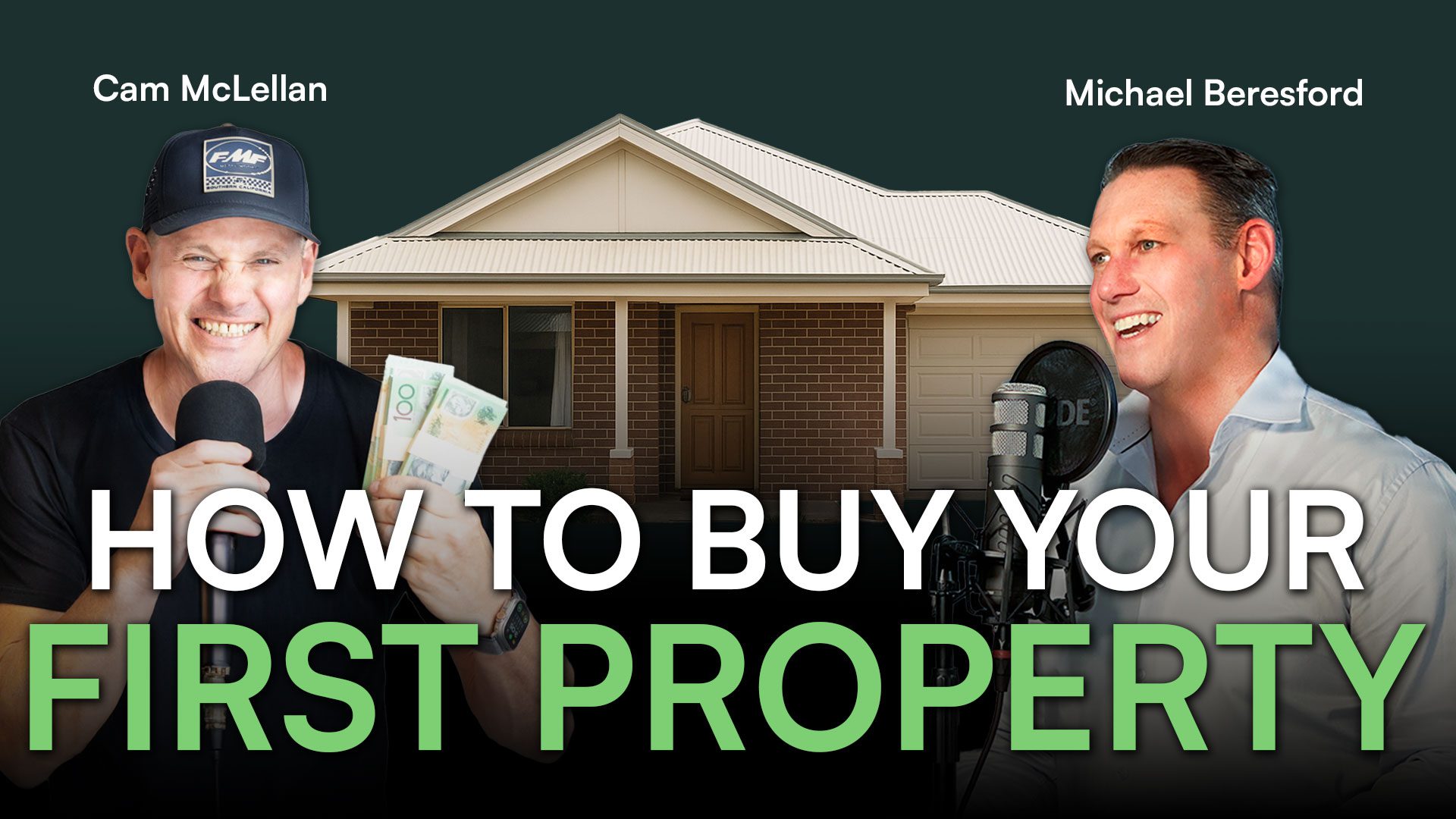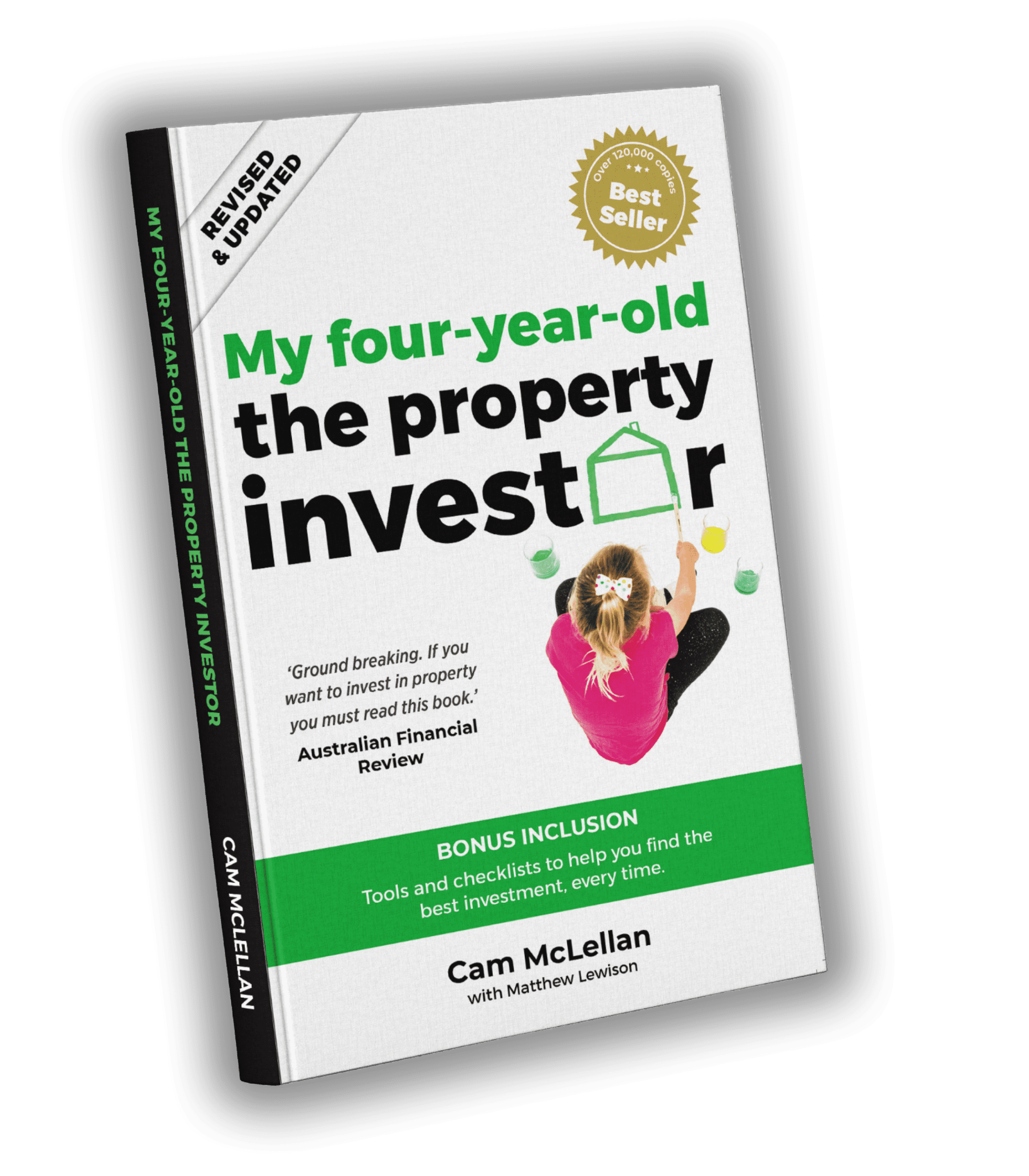Source: API Magazine
For newcomers to property investing or home buying, the jargon can get confusing, so here is a guide to the most commonly used terms.
AAPR – annualised average percentage rate, sometimes referred to as the comparison rate. This figure takes into account all the costs associated with the loan and is used to compare loan products.
Amortisation period – the length of time a loan is calculated over and repaid.
Appraisals/valuations – a written report of the estimated value of a property, usually prepared by a valuer.
Appreciation – an increase in value.
Basic variable – a variable home loan at a lower rate and with less features than a standard variable home loan.
Break costs – the fees incurred when a loan is paid off ahead of time.
Body corporate – an administrative body made up of all the owners within a group of units or apartments of a strata building. The owners elect a committee which handles administration and upkeep of the site. Also known as owners corporation.
Bridging finance – a short-term loan used to bridge the gap between buying a new property and selling an existing one.
Building approvals – the number of dwellings approved to be constructed in a given month, quarter or year.
Capital gain – the amount by which your property has increased relative to what you paid for it. Simplistically, if you bought a property for $200,000 and it’s now worth $350,000, you’ve made a capital gain of $150,000.
Cash rate/bank rate – the cash rate is the rate at which the Reserve Bank of Australia sets interest rates. It’s currently 7 per cent. The bank rate is the interest rate that banks offer and is above the cash rate to allow for a profit margin.
Cash flow positive – you have a cash flow positive investment if the incomings are more than your outgoings after tax-deductible items have been claimed. You receive more rent than your mortgage repayments, plus you are still ahead after taking into account items such as interest on the loan, maintenance, insurance, land tax, rates, etc.
CGT (capital gains tax) – the tax you pay when you sell an investment property if you’ve made a profit.
Conveyancing – the process that legally transfers property ownership from one entity to another.
Cooling-off period – a period of time given to the purchaser to legally withdraw from buying a property. The length of time varies in each of the states and territories.
Cross-securitisation/cross-collateralisation – when the financial institution uses your property (whether owner-occupied or investment) as security for other property you purchase.
Default – Failure to pay a debt by the due date.
Density – the level of occupancy in a given area, or the number of people permitted to reside in an area. For example, inner-city areas are usually higher density than outer-suburban areas.
Depreciation – the decrease in value of an item (eg. a building) over time.
Equity – the difference between your mortgage and your property’s value. If your home is worth $400,000 and you owe $150,000, then you have equity of $250,000.
Fixed rates – where the home loan is locked in at a specific interest rate for a specified term, usually one to five years.
Interest-only – only repaying the interest charged on your mortgage, not paying anything off the principal or amount owing.
Joint tenants – each owner has equal shares and rights in the property.
LMI (lenders mortgage insurance) – usually required by lenders when you’re borrowing more than 80 per cent of the property’s value. It provides insurance to the lender in case the borrower defaults on the loan.
LOC (line of credit) – a facility available from financial institutions that gives you a credit limit that you can draw down at any time. It’s similar to a credit card, except you don’t have to make set repayments of the principal.
Low-doc loans – relatively new, these are loans that don’t require as much documentation to set up the loan. They are popular with self-employed people and those who have not yet established a credit rating.
Lower quartile – the price point below which 25 per cent of sales were recorded. If there were 100 sales in a suburb, the 25th lowest price would be the lower quartile price.
LVR (loan-to-value) ratio – to calculate it, divide the loan amount by the value of the property then multiply by 100 to get a percentage. Banks and financial institutions use this as a measure of whether you can afford the loan.
Median – the median house price is the middle price of all sales recorded in a particular suburb, postcode, city or state. If there were 100 sales in a particular suburb, in ascending order, the median would be number 50 on the list. It’s commonly assumed that the median price is the same as the average price, but that’s not the case. To calculate the average, you would add up the 100 sales and divide the total by 100 (the number of sales).
Negatively geared – this is where the incomings are less than your outgoings after all tax deductions have been claimed. For example, you receive rent on a property of $600 a month, but your mortgage repayments are $900 a month. Your shortfall is $300 a month, which you can claim as a loss when doing your tax return. Many people on high incomes use negative gearing to reduce their taxable income.
O&A (offer and acceptance) form – when you make an offer to purchase a property, you sign one of these forms. When the owner accepts the offer, it becomes a binding contract.
Off the plan – when you buy off the plan, you are buying a property before it is built, having only seen the plans. This is commonly used for apartments or units under construction or about to be built.
Passed in – when the highest bid at an auction doesn’t meet the reserve price set on the property. In effect the property doesn’t sell at the auction.
Portfolio (as in property portfolio) – the number and type of investment properties you own.
Positively geared – this occurs when the investment income exceeds your interest expense (and other possible deductions). For example, the rent you receive may be $1000 a month, but the monthly repayments are only $750. Note that you may be subject to additional tax on any income derived from a positively geared investment.
PPOR or PPR – principal place of residence.
POA – price on application. You may see this in a real estate advertisement.
Principal and interest – the amount borrowed or still to be repaid, plus the interest on the mortgage. The principal is part of the repayment that reduces the balance of the mortgage.
Property cycle – property values usually follow a cycle of growth, a slowdown, a bust and an upturn. History shows this occurs every seven to ten years.
Refinance – to obtain new finance for something on different terms, usually involving the paying off of an existing loan by means of a new (and often cheaper) loan.
Reverse mortgage – designed for seniors who are asset-rich (usually with their PPOR) but cash-poor. The facility allows them to access the equity in their homes without having to sell it. Most often the loan is not paid out until the borrower dies, moves into a nursing home or relocates.
Rental yields (and calculations) – the return on an investment as a percentage of the amount invested. Gross rental yield can be calculated by multiplying the weekly rent by 52 (weeks in a year), then dividing by the value of the property and multiplying this figure by 100 to get the percentage.
Reserve price – the minimum amount a seller will accept at an auction.
Sold under the hammer – this means a property that goes to auction sells at the auction.
Serviceability – whether you can manage your mortgage payments, based on your income and expenses.
Stamp duty – a state government tax on the transfer of property calculated on the value of the property.
Strata title – also known as unit title. This title grants ownership of a section or a ‘unit’ of a larger building. This ‘unit’ can be sold or transferred by the owner.
Subdivision – a parcel of land divided into individual lots.
Supply and demand – the number of properties on the market at any given time determines the supply-and-demand equation. If there are lots of properties on the market, it’s a buyers’ market. If there are few properties on the market or those that come on to the market sell quickly, then it’s a sellers’ market.
Tenants in common – two or more buyers own a property with unequal shares and rights.
Upper quartile – the price point below which 75 per cent of sales were recorded. If there were 100 sales in a suburb, the 25th highest price would be the upper-quartile price.
Vacancy rates – a measure of how many dwellings are available for rent over a specified time period. A low vacancy rate means there are not very many dwellings available for rent, while a high vacancy rate means there is ample supply of rental properties.
Vendor – the seller.
Vendor’s terms – refers to instances when a property owner is prepared to offer a buyer finance or other assistance such as staged payments to assist with the purchase of the property (also known as ‘wrapping’).
Wrap – see ‘Vendor’s terms’.
Yield – the return by an investor on an investment, shown as a percentage of the amount invested.








